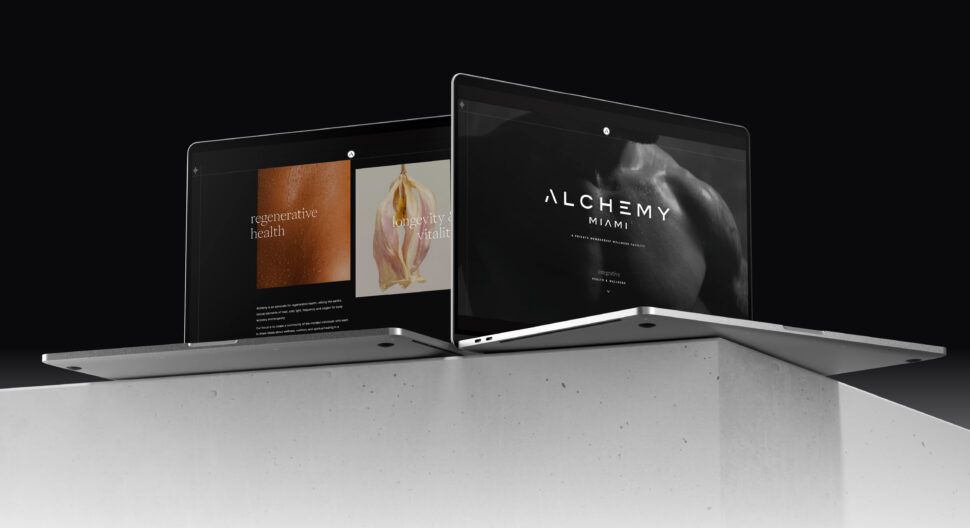June 23, 2024
Why Brands Are Implementing DesignOps for Efficiency
- Visual Soldiers
- Design
- minute read

Understanding the Role of DesignOps in Today's Brand Strategy
When it comes to business, efficiency, and speed are at a premium. As brands navigate through competitive markets, the implementation of DesignOps has become a strategic asset. This approach is not just about enhancing design; it’s about transforming processes to achieve scalability and effectiveness in the creative workflow.
What is DesignOps?
DesignOps refers to the orchestration and optimization of design activities, resources, and processes. It involves the management of tasks, tools, and people to improve the delivery and impact of design outputs. By implementing DesignOps, companies aim to streamline operations, reduce redundancies, and foster innovation.
The Drive for Enhanced Productivity
One of the primary reasons brands are turning to DesignOps is the desire for improved productivity. In a dynamic market, the ability to launch products quickly and efficiently can significantly influence a brand’s success. DesignOps enables teams to minimize time spent on logistical concerns, thus reallocating resources to creative and strategic endeavors.
Improving Collaboration Across Departments
DesignOps fosters a collaborative environment by breaking down silos between design teams and other departments, such as marketing, engineering, and product management. This integration ensures that all stakeholders are aligned with the business’s goals, leading to more coherent and user-focused outcomes.
Scaling Design with Consistency
As brands grow, maintaining consistency in design becomes challenging. DesignOps introduces standardized procedures and tools that help preserve brand integrity across different products and platforms. Consistent design not only reinforces brand recognition but also builds trust with users.
Enhancing Design Quality
The systematic approach of Designable contributes to the enhancement of design quality. With processes optimized and resources efficiently allocated, designers have more time to focus on creative exploration and innovation. This not only heightens the design quality but also ensures that it meets user expectations and business goals.
Facilitating Agile Practices
DesignOps is complementary to agile methodologies, which many organizations have adopted. By incorporating DesignOps, companies can better manage design sprints, enhance teamwork, and adapt to changes swiftly, making the overall agile process more effective.
Cost Reduction
Implementing DesignOps strategically can lead to significant cost savings. Efficient resource management and reduced time-to-market mean less waste and decreased overhead expenses. Long-term, these savings can be substantial, especially for larger organizations with complex operations.
Conclusion
The adoption of DesignOps by brands is a testament to its operational efficiency and design quality. By optimizing and scaling design processes, DesignOps helps brands not only survive but thrive in competitive markets. As businesses continue to recognize the value of design as a strategic tool, the role of DesignOps is set to grow, shaping the future of brand strategy and development.







